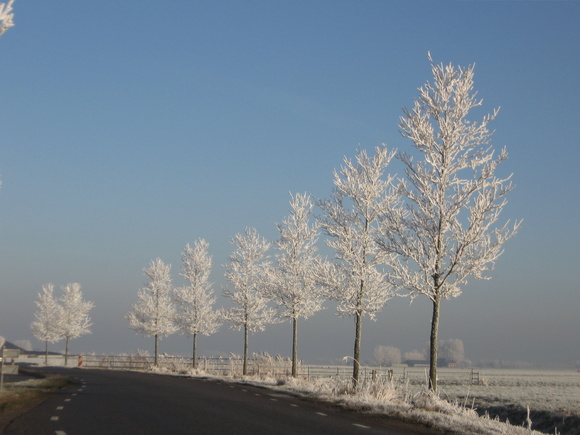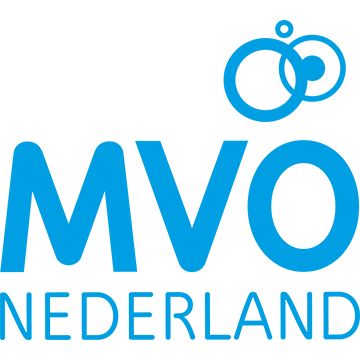There are few tree species that have been able to leave a bigger mark on the Dutch landscape than the elm. It is therefore not for nothing that the tree species is mentioned in a famous Dutch poem by Hendrik Marsman, ‘Remembrance of Holland’. The history of the elm in the Netherlands has been eventful, with high peaks and deep valleys caused by attacks by the elm spider beetle. Since the introduction of the resista® breeding line, the elm has returned to the landscape and once again become a picture-perfect tree. In the Netherlands, Boomkwekerij Ebben and Noordplant nurseries are licence holders for resista® elms. Ebben is also the licensee for the exclusive supply of elms from the resista® line for Luxembourg and Ireland.
A typical Dutch tree
Dutch elm disease
The popularity of the species in the Middle Ages meant that the Dutch landscape was full of elm varieties. The fact that the elm thrives on different types of soil, is resistant to drought and temporary flooding and insensitive to salty sea winds made it the perfect tree for our country. Yet things turned out not to be all roses: from the early 20th century, the species suffered a series of outbreaks of Dutch elm disease. This disease, caused by fungi spread by the elm spider beetle, ensured that little remained of the elm as a typical Dutch tree. After outbreaks in 1918, 1930, 1984-1985 and 2000, the Dutch elm population was decimated.
Research resistance
Dutch elm disease was first isolated and identified by Dutch phytopathologists Bea Schwarz and Christine Buisman in 1921, leading to the disease becoming known internationally as Dutch Elm Disease. Research into resistant elm species started in several places worldwide, including at the Dutch forestry research station De Dorschkamp by Hans Heijbroek. The largest study was conducted at the University of Wisconsin led by Professor Eugene Smalley, where a wide selection of international elms were infected to study the disease course. Dutch native elms were found to be very susceptible. However, some Asian species proved to be resistant to the disease and were used to develop some resistant varieties that manage to isolate the fungus when infected at the twig level.
Licensee
In the Netherlands, Noordplant and Ebben are licensees of resista® elms. In Ireland, Ebben is a licensee. The licence covers the following selections:
Ulmus ‘New Horizon’®
Ulmus ‘Rebona’®
Ulmus ‘Fiorente'®
Ulmus ‘Rebella’®

























